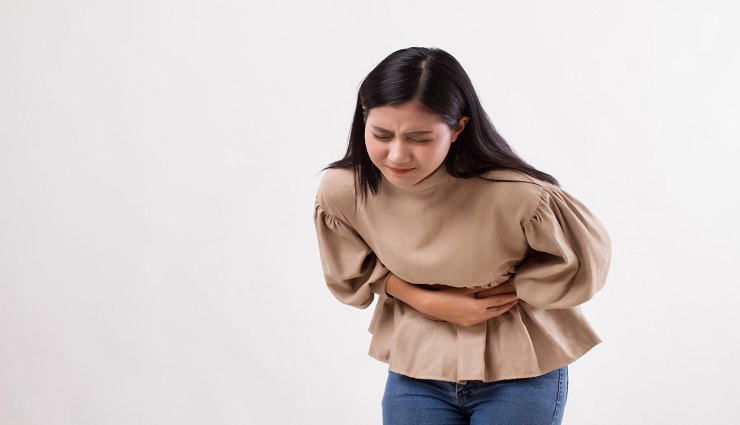Gastric lavage: everything you need to know
Doctors can use gastric lavage to empty the stomach contents quickly when necessary as a method of disinfecting the gastrointestinal tract.
What is the purpose of gastric lavage?
Your doctor may prescribe gastric lavage if you swallow poison or take a lot of pills. Immediately go to the hospital if you eat something toxic, such as household chemicals. When the poison was taken less than four hours ago, gastric lavage is most effective.

Your doctor may also treat the following conditions in addition to the above:
Sampling stomach acid
Reduce the pressure on the intestines if they become blocked.
In case of gastric bleeding, blood is suctioned
During upper gastrointestinal endoscopy, gastric lavage is performed in case of blood vomiting
Performing safe surgery and reducing the risk of aspiration pneumonia;
In hospitals, auxiliary ventilation is used to reduce stomach pressure.
What should I do to prepare for gastric lavage?
If you do a gastric lavage due to food poisoning, chemical poisoning, overdose, or other emergency, you won’t have time to prepare ahead of time. It may be necessary for you to fast before taking a stomach acid sample for testing or to refrain from taking certain medications if your doctor wishes to use this method.
What is gastric lavage?
You may be given medicine to numb your throat before this procedure. As a result, stiffness is reduced and the throat is irritated. A tube is then inserted into the mouth or nose and inserted through the esophagus into the stomach. A duct connects your mouth to your stomach, called the esophagus.
The doctor may spray water or a saline solution into your tube before rinsing your stomach. When fluid is expelled from your stomach, electrolyte imbalances may occur. Saline solution prevents this. Gastric lavage removes the stomach’s juice next.
Gastric lavage: what are the dangers?
It can be annoying to go through this process. Inserting the tube may make you feel nauseous. Your throat may become sore after that.
There are more risks associated with this method. Aspiration pneumonia is one of the most common types. In this case, some stomach contents enter the lungs or airways.
Aspiration pneumonia can cause the following symptoms:
Chest pain;
Chest tightness;
Cough with sputum;
Bluish skin color;
Fatigue;
Fever.
When the pipe is out of place, this danger occurs. Gastric lavage prevents aspiration pneumonia by emptying the stomach before the contents enter the airways.
Gastric lavage also carries the following risks:
Vocal cord spasms that temporarily prevent normal breathing.
A tube is inserted into the esophagus;
Stomach contents are poured into the intestines;
Damage to the digestive system;
A small amount of bleeding;
Oxygen deficiency or hypoxia;
Frostbite or hypothermia.
Gastric lavage should generally be performed sparingly. Gastric lavage often removes only a small amount of toxins, especially after the first hour. Occasionally, the benefits outweigh the risks. This should only be prescribed by a doctor. Consult your doctor if you have any concerns about this procedure. The potential benefits and risks will be explained to you by your doctor.
Gastric lavage FAQs:
When should gastric lavage not be performed?
Young children are poisoned;
Unprotected airway in which consciousness is reduced or danger exists.
Caustic poisoning;
Poisoning by hydrocarbons
How should you wash your stomach?
Take yourself or those around you to the hospital as soon as possible if you are poisoned.
Is gastric lavage painful?
Pain levels vary from patient to patient. In most cases, nausea is more than just pain.
After gastric lavage, what should I eat?
After gastric lavage, avoid fatty foods. Eat low-fat, fast-digesting foods. Water and electrolyte-containing drinks are also beneficial.


